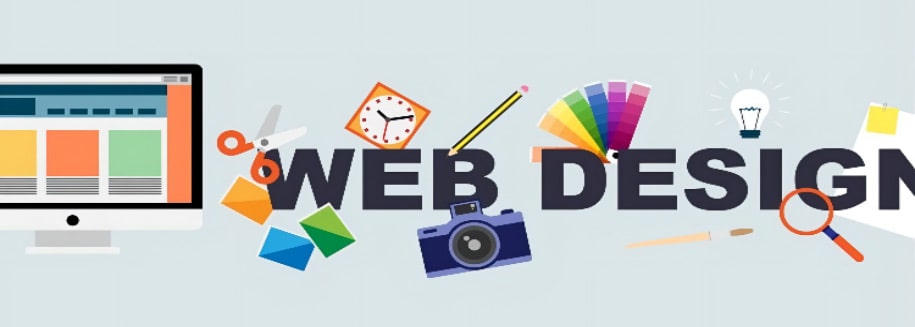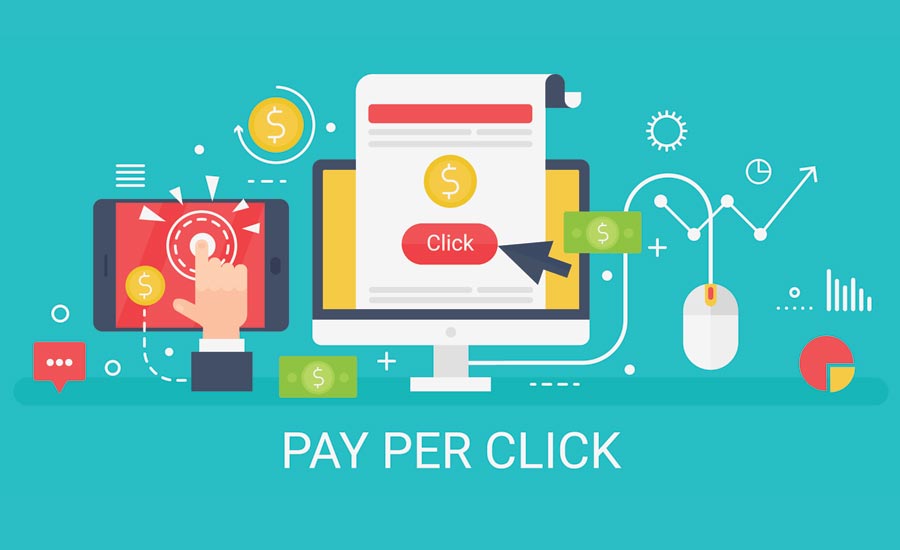Website design is an essential aspect of every business’s marketing strategy. The design you have on your site will determine how many people will actually visit your site and what they might do there.
If your design is not user-friendly or not truly reflective of your brand, then you’re not doing your company any favors.
Your website is your business card. Potential clients get the first impression of your brand and services when they visit your website.
To improve the user experience and get more people to visit your site, you need to design it strategically.
It doesn’t matter what type of business you have or what niche market you’re targeting. A few fundamental principles of website design will help you create a modern, user-friendly design that quickly catches a reader’s attention.
This article will give you insights into why these principles are essential and how they can be implemented in your website designs.
What makes a good website?
A good website is designed for the reader rather than the designer.
The design should be easy to navigate, load quickly, look good, and be intuitive and consistent with your branding. All these factors are crucial for a good user experience.
However, it’s important to note that design is not solely about aesthetics.
Good website design is about making it easy for visitors to find what they’re looking for and navigate the site without getting lost.
To make this happen, you need to consider these key factors:
- What are your visitors looking for?
- How are your visitors likely to interact with your site?
- What actions do they want or need to take?
Creating a business website is no easy feat.
The same goes for an online presence that shoppers and potential customers will take notice of.
But don’t worry, we got you covered!
8 website design principles

Whether you’re redesigning an existing website or launching a new one, it’s essential to keep in mind these web design principles when planning your new site.
They will help you create a website that is modern, intuitive, and easy to navigate.
1. Simple is best
The principle of simplicity is an integral part of any good website design. It is key to both the readability and usability of your website.
The latest trends in website design aren’t always the best ones.
If you’re trying to stand out from the crowd, you’ll see people using many complicated elements and templates that are difficult to navigate.
You need to keep your designs simple so they’re clear and easy to use. Don’t use unnecessary details or elements and keep your website clean and clutter-free.
You don’t have to go with a minimalist website design. But, when you add details, they need to be relevant and add value to the website.
You can let your content shine when your site is simple and easy to navigate.
2. Consistency
Good design is consistent in every way.

Ensuring your designs are consistent across channels will help to build trust and credibility with your target audience.
If you have a website, you should ensure the same visual style is used in your print and digital marketing materials.
Seeing the same message and the same colors and identity across multiple channels helps reinforce the brand and convey professionalism.
This will build familiarity and trust with your readers and show that you’re a brand that’s consistent in everything you do.
If you’re using multiple platforms to promote your business, you want to ensure that the visual design and tone remain consistent across all of them.
3. Typography and readability
You can’t expect people to read your content if it doesn’t look appealing.
That’s why you need to choose fonts that work well with the content of your website.

A great tip is avoiding overly fancy fonts that look out of place on a website. Instead, stick to standard, easy-to-read fonts that are legible and professional.
It’s also useful to highlight the essential words and phrases in bold and capital letters. You can also use different font sizes to make your content more exciting and readable.
For example, instead of having all your content in one large font, use several smaller fonts with varying sizes to break up your page and help your readers see each section more clearly.
Also, if your font is too small or too large, it may be hard to read on a computer screen or any other mobile device.
4. Responsive and mobile friendly
With the growth of mobile, creating a user-friendly, responsive website is crucial for your success.
Did you know that nearly 60% of website traffic comes from mobile devices?

Users want to be able to navigate around your site quickly, so you need to make sure that the website is designed with mobile users in mind.
You can do this by using a responsive design that adjusts the layout according to the viewing device, such as a computer, tablet, or mobile phone.
5. Color palette and imagery
There are millions of color combinations that you can use in your website design. However, you don’t want to make it too broad or use too many colors.

You should keep the palette simple and use only three to five colors in your design.
You don’t want to use too many images in your design either.
Use images that represent your brand, service, and products by all means. But you don’t want to include irrelevant images or any that don’t tell the story or add value.
When designing a website, it’s essential to consider the visual style and tone of the design.
At the same time, you also need to keep the design simple and clean so it’s easy to navigate.
You don’t have to use a complex design with many details, images, and elements on your website. A simple, clean, and modern design that’s easy to navigate is all you need.
6. Fast loading
In these days of instant gratification, you want to ensure your site loads fast. The longer your website takes to load, the higher the chances of customers leaving.
You don’t want your readers to spend too much time on your site when they’re trying to find information or make a purchase.
To ensure that your site loads quickly, you should use a WordPress theme that loads fast.
For instance, here’s how a website built using the Astra theme performs.

It scores a perfect 100 on PageSpeed Insights and loads in less than a second.
First impressions play a significant role. If your website loads slowly, most people won’t bother visiting it again.
It could also be the factor that causes people to leave your website before they find what they’re looking for.
7. Easy navigation
Navigation is the key to easy, modern website design.
You want to ensure that your navigation is straightforward with a logical hierarchy of links. That way, visitors can easily navigate from one section of your website to another.
Moreover, you want to ensure that your navigation is consistent across all your pages.
You can do this in several ways, including using a navigation menu, structured navigation, or a navigation bar.
8. Communication
Website design is all about communication.
You should ensure your website designs communicate effectively, so potential clients can easily understand the information you’re trying to present.
You can do this by using images, color palettes, and typography to help create a visual language that communicates your brand values and personality.
At the same time, you need to ensure that your visual designs are easy to navigate while also being quick to load.




